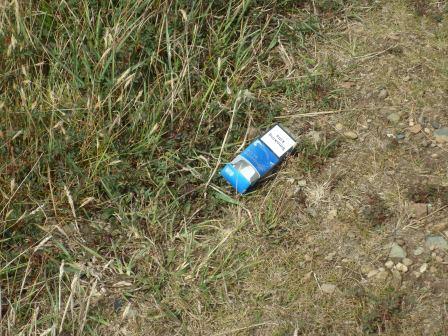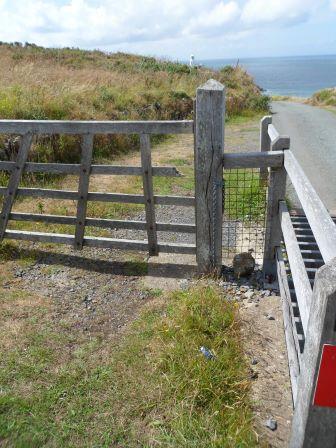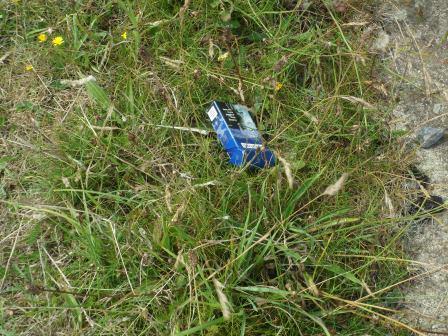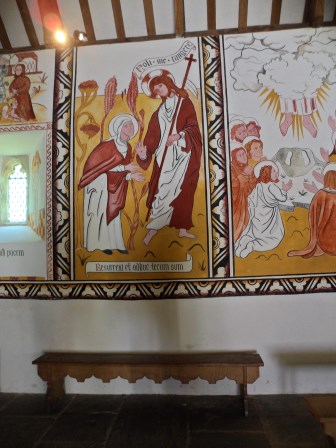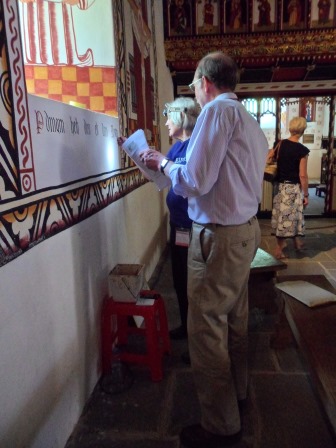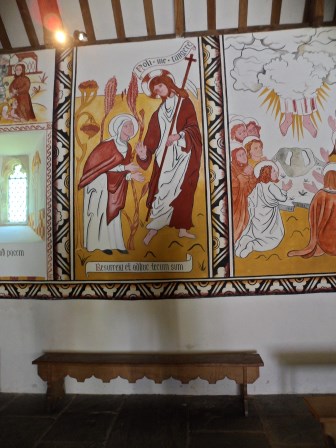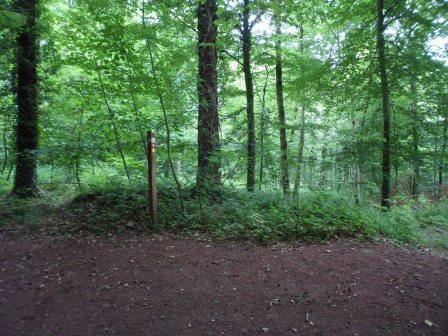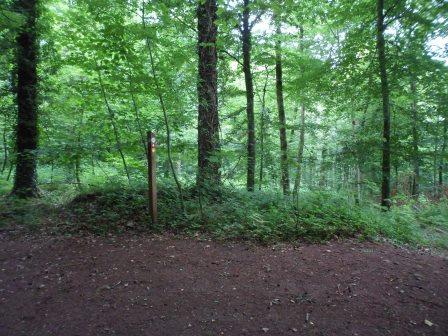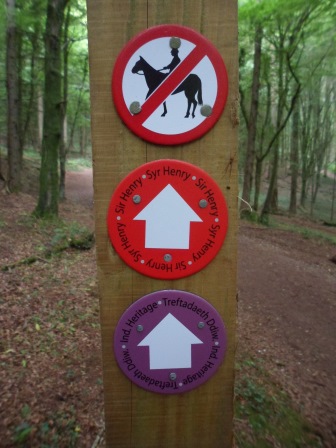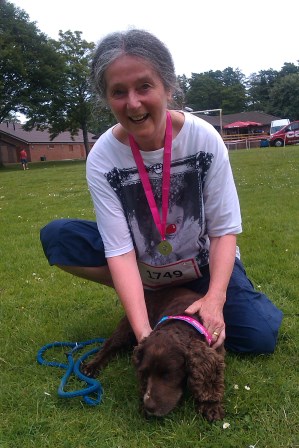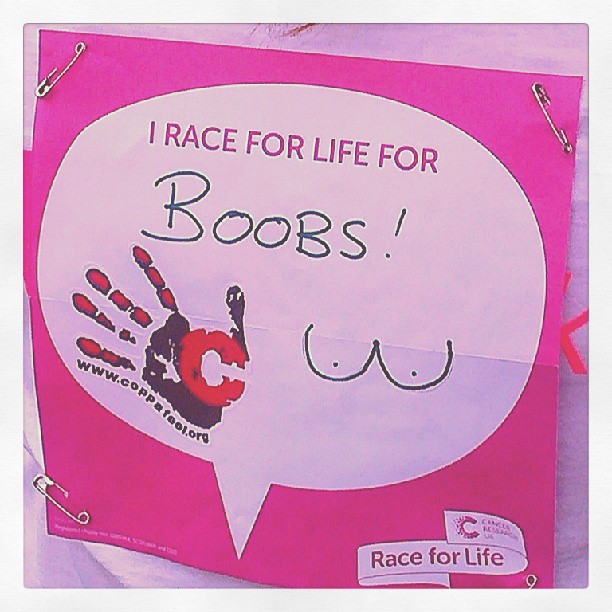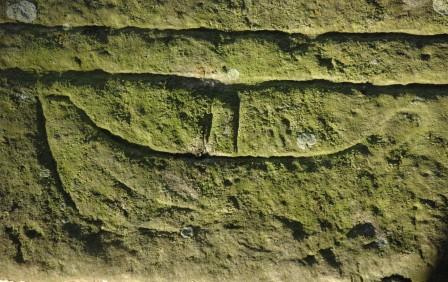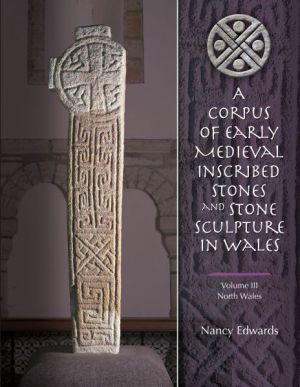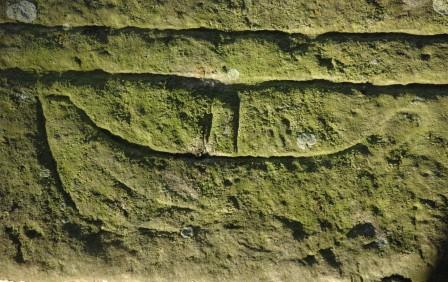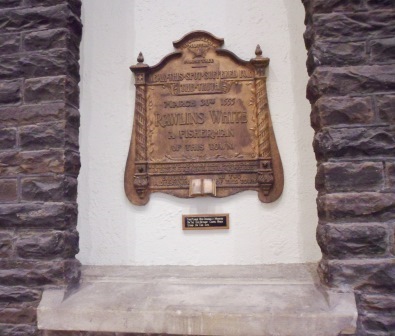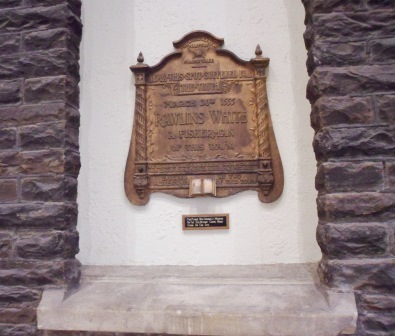Does my 30 seconds of fame on Countryfile qualify me to speak about the problems of academic women in the media?
Of course, if you are a female academic of a Certain Age, you aren’t cutting it in the media these days if you aren’t getting at least a dozen abusive tweets a day … what is it with these guys? Are they threatening to rape us because we are so gorgeous that they are helpless with lust – OK, that can’t be it – so they are threatening us with rape as a punishment for being uppity, mouthy women who have the nerve to get paid for being on the telly. So sex with them is going to be so nasty that the mere threat of it will have us slinking off to clean behind the fridge. Are they really saying their technique is so bad that their embraces are the stuff of our worst nightmares?
And that’s not the only problem we face – and some of them are worth a bit more thought. ‘Blimey’, a colleague said about my Countryfile appearance, ‘sneeze and you missed it … a 10 minute interview cut down to 30 seconds, if that, with a jokey anecdote about medieval monks getting p*ssed (snigger, snigger)’. It seems we are damned if we do and damned if we don’t. If we try to be accessible we are accused of trivialising but if we go for the difficult stuff we are elitist. (I was called elitist once, by a man at the Heritage Lottery Fund. It still rankles.)
I suppose I can claim to be able to speak about these issues. I’ve been doing bits and pieces in the media for about 20 years now, ever since the first flurry of coverage of our Penrhys pilgrimage project. News interviews, several appearances with Trevor Fishlock and a whole radio series with him. Three television programmes with Huw Edwards off of the news, though I have yet to meet him; a programme with Iolo Williams – didn’t actually meet him either; but I did met Robert Beckford, Eddie Butler and Mal Pope, and I’m at the end of this one with Terry Jones http://www.youtube.com/watch?v=AhFEvbuBXMU .
And my hair is grey and I don’t wear makeup, never mind Botox. I haven’t yet made it to the dizzy heights of my own series, but you never know.
All these programmes have involved some sense of compromise. Academics tend to think in 1-hour lectures and 20-minute conference papers. We want to be able to say ‘On the one hand this … on the other hand that … what we really need is at least 5 more years’ research and a big conference’. Instead of which you have 2 minutes to make your point, you spend most of the afternoon walking up and down a hill while the camera crew faffs around with the big jib, and your brilliant insights get cut in favour of a few jokey references to medieval beer drinking.
So is it worth it? Well, of course, it does impress the management. You can write learned papers until your hand drops off, but when I was in Towns of Wales with Eddie Butler I had pro-vice chancellors queuing up to tell me how great it was. And it is actually fun. I have colleagues who pretend to be blasé and bored by it all, but there is something very satisfying in being treated as an expert. It’s a balancing act – you get more time to make serious points in programmes like The Real Patron Saints, but you get more people actually looking at you on Countryfile. And ultimately this is what we owe to the people who pay our wages. If we can’t communicate with the widest possible audience, we probably haven’t understood our subject properly ourselves.
Mind you, I still think this one http://www.youtube.com/watch?v=AhFEvbuBXMU goes too far. It’s not so much the fake costumes and the fact that the medieval pilgrims are singing a 17th century hymn to a tune collected in the early 20th century by Vaughan Williams. It’s the assumption that pilgrims are all about fake medieeval recreation. Apparently you can’t be a pilgrim in hi-tec boots and Goretex: you have to dress up in a robe and sing strange songs.
More about pilgrimage next week – time we finalised arrangements for this autumn’s trek to Penrhys … monastic robes optional!


